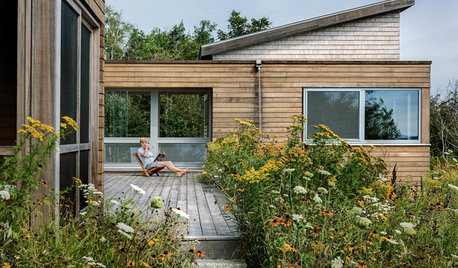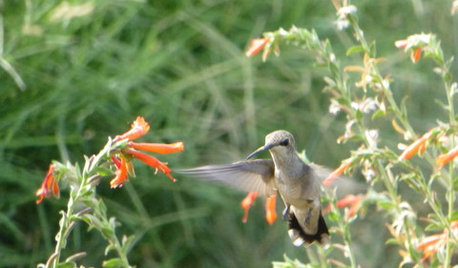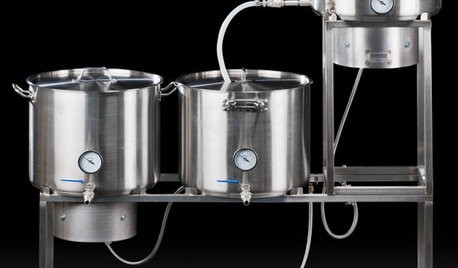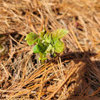Post-Emergence Weed Control in Sweet Corn
renderblade
16 years ago
Related Stories

GARDENING GUIDESTackle Weeds the Natural Way
Instead of dousing your yard with chemicals to wipe out weeds, let time and nature work their magic via smothering and solarization
Full Story
GARDENING GUIDESWeed War: When and How to Use Chemical Herbicides
Before you spray, arm yourself with knowledge about which weed killers — natural or synthetic — are right for your yard
Full Story
EDIBLE GARDENSNatural Ways to Get Rid of Weeds in Your Garden
Use these techniques to help prevent the spread of weeds and to learn about your soil
Full Story
HOUZZ TOURSHouzz Tour: From Overgrown Weeds to Picturesque Farmhouse Expanse
This once-neglected 100-acre South Carolina site now features a lake, a wood-filled farmhouse and a far-reaching view
Full Story
SUMMER FRUITS AND VEGETABLESHow to Grow Your Own Fresh, Sweet Corn
Here's how to plant and care for your own mini cornfield
Full Story
EDIBLE GARDENSHow to Grow Your Own Sweet Summer Crops
This guide will help any gardener get started on growing the freshest warm-season veggies and berries for summer
Full Story
GARDENING GUIDES3 Ways to Revel in Summer Garden Sweetness
Patiently observe what works and doesn’t work in your landscape
Full Story
GARDENING GUIDESSweet Serendipity: Opening to Happy Garden Discoveries
Unplanned nature scenes can be unbelievably beautiful; you just need to know how to look
Full Story
HOME TECHMake Home Sweet Home Even Sweeter With a Brewery Or Winery
New high-tech products make small-scale home beer and wine production easy and fun
Full Story
GARDENING AND LANDSCAPINGWorld of Design: 10 Home Gardeners Show Us Their Sweet Summer Harvests
From New York to Tokyo, these gardeners have turned their yards, terraces and rooftops into places of bounty
Full StorySponsored
More Discussions










renderbladeOriginal Author
Karen Pease
Related Professionals
Kapaa Landscape Architects & Landscape Designers · Brooklyn Center Landscape Architects & Landscape Designers · Anderson Landscape Contractors · Stamford Landscape Contractors · Braintree Landscape Contractors · Desert Hot Springs Landscape Contractors · Lees Summit Landscape Contractors · Longmont Landscape Contractors · Overland Park Landscape Contractors · Pompton Lakes Landscape Contractors · South Lake Tahoe Landscape Contractors · Eastlake Landscape Contractors · Crowley Driveway Installation & Maintenance · Palm Desert Driveway Installation & Maintenance · Royal Oak Driveway Installation & Maintenancefarmerdilla
renderbladeOriginal Author
Violet_Z6
ccromwell78
wayne_5 zone 6a Central Indiana
renderbladeOriginal Author
gumby_ct